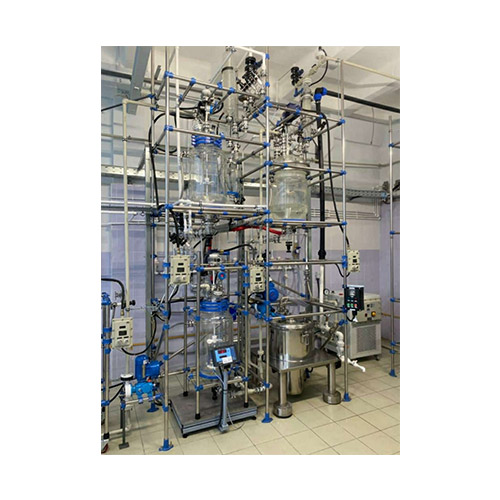When you think of Honda, what comes to mind? Reliable vehicles, fuel efficiency, and maybe even a bit of that unmistakable Japanese engineering flair. But have you ever pondered the origins of the Honda Pilot? Where are these muscular, family-friendly SUVs birthed? Let’s explore the intriguing world of Honda Pilot plants and unravel the threads of manufacturing that weave together to create this beloved automobile.
The Honda Pilot, a perennial family favorite, is distinguished by its spacious interior, advanced safety features, and powerful performance. Understanding where it is manufactured involves delving into Honda’s strategically placed plants across the globe. So, let’s embark on this journey and uncover where the Honda Pilot comes to life.
First and foremost, the production of the Honda Pilot primarily takes place in the United States. The Lincoln, Alabama plant is a vital cog in Honda’s manufacturing wheel. This facility, established in 2001, is dedicated to producing Honda’s largest vehicles, including the Pilot, and is a testament to Honda’s commitment to American manufacturing. A question bubbles up here—what makes the Lincoln plant so interesting compared to other production sites?
Every vehicle produced in the Lincoln facility is imbued with a blend of American ingenuity and Japanese precision. The plant employs a vast workforce dedicated to ensuring that quality is not just maintained but elevated throughout the manufacturing process. This synergy is crucial. Are you curious about how such contrasting cultures manage to create a unified approach to vehicle production?
Indeed, the Lincoln plant doesn’t operate in isolation. Honda’s global manufacturing strategy includes various plants worldwide, including those in Japan, Canada, and other regions. These locations work in concert to ensure that the brand’s vehicles are not only produced efficiently but also meet regional demands. They share technology, expertise, and even parts, speaking to a comprehensive network that strengthens the Honda brand across the globe.
The Lincoln plant is particularly notable because it is strategically located in a region significant for its automotive manufacturing history. With access to a skilled labor force, established supply chains, and proximity to major markets, the plant is a cornerstone in Honda’s production capabilities. This raises an interesting challenge for competitors: how can other automotive brands carve out a niche in such a saturated market?
To understand the breadth of Honda’s manufacturing influence, let’s take a deeper look into how the Honda Pilot is constructed, from the engineering desk to the final assembly line. The Pilot embodies Honda’s dedication to innovation, featuring cutting-edge technology such as the Honda Sensing suite of safety features, which enhances driving experiences. This array of technologies is consciously integrated into the manufacturing process to ensure each Pilot is not just a car, but a sanctuary on wheels.
Moreover, the ecological footprint of manufacturing the Honda Pilot cannot be overlooked. Honda’s commitment to sustainability spills into its production plants, where initiatives aimed at reducing waste and conserving energy are paramount. The Lincoln plant, for example, uses advanced techniques to reduce water consumption and energy usage drastically. How can other manufacturers catch up with such green methodologies while still meeting production demands?
As the Pilot rolls off the assembly line, it incorporates the hard work of numerous individuals, from engineers to assembly line workers. Each person plays a pivotal role in upholding Honda’s reputation for quality and reliability. But let’s not forget the art of assembly; it’s not merely about mechanical processes but also about human skill. Each Pilot is a product of meticulous attention to detail—an art form that could easily be overlooked in today’s automated manufacturing world. Can you picture the delicate balancing act between man-made craftsmanship and machine efficiency?
The Honda Pilot’s assembly doesn’t merely signify the end of the manufacturing process; it heralds the start of a new journey for the vehicle. Each Pilot is sent out to dealerships where it will fulfill the diverse needs of families across the country. Its versatility is a key selling point—able to adapt to various lifestyles, whether for weekend adventures or daily commuting. What unique adventures could await a family with a new Honda Pilot? Are you ready to explore the possibilities?
Notably, Honda has expanded its footprint beyond Alabama, with plants in Canada producing other models, thus ensuring a fluid exchange between facilities. This interconnectedness fosters an environment ripe for innovation and adaptability, allowing Honda to respond promptly to market needs. What will Honda’s next move be in this fast-evolving automotive landscape?
Finally, as we dissect the production of the Honda Pilot, it becomes clear that this vehicle is more than just a mode of transport; it’s the culmination of elaborate engineering, a dedicated workforce, and a commitment to sustainability. Each Honda Pilot on the road tells a story of collaboration, innovation, and resilience. So next time you see a Honda Pilot, remember that it’s not just driving by; it’s carrying with it the legacy of where it was made—right from the heart of Alabama and beyond.
In conclusion, understanding the manufacturing origins of the Honda Pilot deepens our appreciation for this iconic SUV. The next time you contemplate purchasing a family vehicle, consider how the intricate web of production has shaped the car you drive. Where do you think Honda will expand its production next? The future of automotive manufacturing certainly promises to be an exciting journey.
